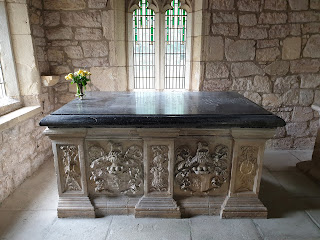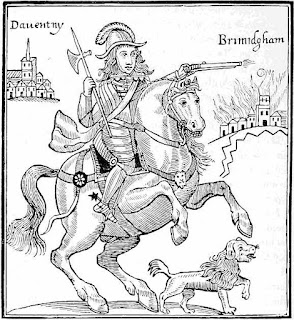Parliamentarian Cavalry: Part Two

Another four regiments of horse for Parliament. Variations on a theme of brown. Realised that I used fourteen different browns painting these (if you include the horse tones). When based, with the earth base added I was really disappointed with how they looked, only after the greenery was added did I start thinking "yes, they're alright those". Flags from Maverick Models - not currently listed as available. Thank you Stuart for your patience with my continued requests to produce specific standards. Half way through painting these four regiments I became a convert to headswapping, and I do confess to having become slightly evangelical about the subject. So, yes there are a few headswaps amongst their ranks (I particularly like the lobster pot with raised face guard). Col Francis Russell's Regiment of Horse Part of the Eastern Association; fighting at Newark, the Siege of York and Marston Moor, before joining the New Model Army. Colonel George Dod...




